Sudan Teak Tree
- November 19, 2024
- 0 comment
The Sudan Teak Tree, scientifically known as Cordia Africana, is a versatile and ecologically significant species native to Africa. Known for its durability and broad ecological contributions, this tree plays a vital role in maintaining biodiversity and supporting ecosystems.

As part of the Boraginaceae family, it is valued for its ability to enhance soil fertility, prevent erosion, and provide resources for local communities.
What Is a Sudan Teak Tree?
The Sudan Teak Tree, or Cordia Africana, is a deciduous tree recognized for its wide canopy, attractive foliage, and resilience in diverse environments. Its leaves are large, ovate, and slightly rough in texture, making it easily distinguishable in the wild.
| Characteristic | Description |
|---|---|
| Scientific Name | Cordia Africana belongs to the Boraginaceae family, known for its broad ecological role. |
| Common Names | Also known as Sudan Teak, East African Cordia, or Large-leaf Cordia. |
| Family | Part of the Boraginaceae family, sharing traits with other flowering plants. |
| Native Region | Found across tropical and subtropical Africa, thriving in diverse environments. |
| Plant Type | A deciduous tree, adaptable to both arid and wetter climates. |
| Size | Typically grows 10–25 meters tall, with a wide, spreading canopy. |
| Leaves | Large, rough, ovate leaves that contribute to its distinctive appearance. |
| Flowers | Small, fragrant white-to-cream flowers that bloom in the dry season. |
| Propagation | Propagated via seeds or cuttings, with seeds requiring soaking before planting. |
| Drought Tolerance | Highly drought-tolerant, with deep roots for accessing underground water. |
The tree produces small, fragrant, white-to-cream flowers, which are followed by yellowish-orange fruits that are edible. Interesting facts about the Sudan Teak Tree include its notable lifespan, often exceeding 50 years, and its ability to restore soil health through nitrogen fixation.
Three Different Types of Sudan Teak Tree Species
While Cordia Africana is the primary species referred to as the Sudan Teak Tree, the Cordia genus includes various species adapted to different environments. Notable species include:
Cordia Sinensis
Commonly found in drier regions, this species is smaller in size but highly drought-resistant.


Cordia Millenii
Known for its timber, this species grows in wetter climates and reaches greater heights than Cordia Africana.
Cordia Myxa
Also called the Indian cherry, it is cultivated for its fruits and medicinal properties.

These species differ in size, appearance, and ecological roles, reflecting the adaptability of the Cordia genus to various ecosystems.
Where Do Sudan Teak Trees Grow?
The Sudan Teak Tree thrives in tropical and subtropical climates, primarily in sub-Saharan Africa. It is commonly found in countries such as Sudan, Ethiopia, Kenya, and Uganda. These trees prefer well-drained soils and can adapt to arid, semi-arid, and wetter environments, making them valuable in diverse regions. Their ecological roles include soil stabilization, reducing erosion, and offering shade and shelter to local wildlife.
How to Grow and Care for Sudan Teak Trees
Growing a Sudan Teak Tree in a home garden requires attention to specific conditions:

- Soil: Well-drained, fertile soil is ideal.
- Water: Moderate watering is essential, especially during dry spells.
- Sunlight: Full sun exposure ensures healthy growth.
To propagate, use seeds or cuttings. Seeds should be soaked before planting to encourage germination. Regular pruning helps maintain shape and promotes vigorous growth, while monitoring for pests or diseases ensures the tree remains healthy.
Ecological Benefits of Sudan Teak Trees
Sudan Teak Trees offer numerous ecological benefits:

- Soil Improvement: They improve soil quality by fixing nitrogen and providing organic matter through leaf litter.
- Erosion Control: Their deep roots stabilize soil in erosion-prone areas.
- Biodiversity Support: The tree’s flowers and fruits attract a variety of wildlife, including birds, bees, and mammals.
Sudan Teak Tree Flowering and Pollination
The tree typically flowers in the dry season, producing small, fragrant blooms that are cream or white in color. These flowers attract pollinators like bees, which are crucial for the tree’s reproduction. The resulting fruits are a source of food for animals and humans alike.
Is Sudan Teak Tree Drought-Tolerant?
The Sudan Teak Tree is highly drought-tolerant, making it a valuable species for arid and semi-arid regions. Its deep root system allows it to access underground water sources, ensuring survival during prolonged dry periods. This resilience makes it suitable for reforestation projects in areas with water scarcity.
Sudan Teak Tree and Wildlife Interactions
This tree fosters a symbiotic relationship with local wildlife. Birds and mammals feed on its fruits, while pollinators like bees and butterflies benefit from its flowers. In return, these animals help with seed dispersal and pollination, ensuring the tree’s reproduction and ecological role.
Conclusions
The Sudan Teak Tree (Cordia Africana) is an indispensable part of its natural ecosystem, contributing to soil health, supporting biodiversity, and adapting to diverse climates. Its ecological, cultural, and practical significance makes it a tree worth protecting and cultivating. Promoting the conservation and sustainable use of this tree is vital for environmental health and the livelihoods of communities that depend on it.
Frequently Asked Questions (FAQs)
- What is the Sudan Teak Tree?
The Sudan Teak Tree (Cordia Africana) is a deciduous tree native to Africa, known for its ecological and economic significance. - What are the characteristics of the Sudan Teak Tree?
It features large, rough leaves, small fragrant flowers, and edible yellow-orange fruits. It is long-lived and improves soil health. - Where does the Sudan Teak Tree grow?
It thrives in tropical and subtropical regions, particularly in sub-Saharan Africa, adapting to diverse climates and soil types. - What are the ecological benefits of the Sudan Teak Tree?
It prevents soil erosion, improves soil fertility, and supports biodiversity by providing food and shelter for wildlife. - How can I grow and care for a Sudan Teak Tree?
Plant it in well-drained soil with full sun, water moderately, and prune regularly. Propagation is done through seeds or cuttings. - Is the Sudan Teak Tree drought-tolerant?
Yes, it is highly drought-tolerant due to its deep root system, making it ideal for arid and semi-arid regions. - How does the Sudan Teak Tree interact with wildlife?
It provides food (fruits) and habitat for birds, mammals, and insects, while pollinators assist with its reproduction. - Why is the Sudan Teak Tree important?
It contributes to environmental health, supports livelihoods, and plays a key role in reforestation and conservation efforts.
We hope this guide has highlighted the importance of the Sudan Teak Tree (Cordia Africana). Have experiences or ideas to share? Join the discussion below and inspire others to appreciate this vital tree. Don’t forget to share this guide to promote awareness and sustainability!


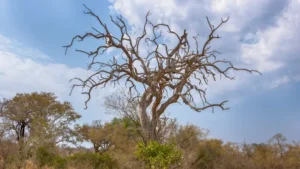

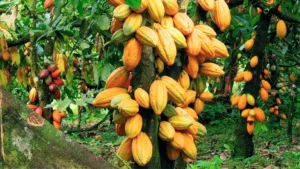
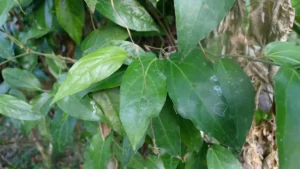
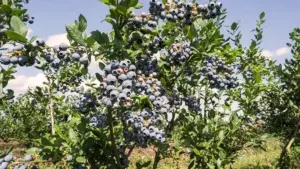

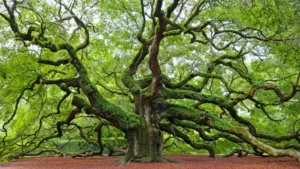
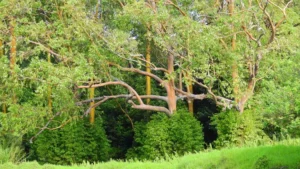

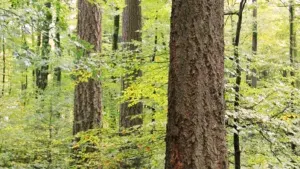
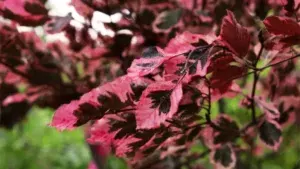
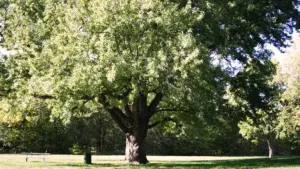
Leave your comment